
"Light Follows My Command, Controlled at Will"
Source:
Publish time:
2025-10-22
"Light Follows My Command, Controlled at Will"
Since Theodore Maimann announced the world's first laser in 1960, humanity's pursuit and exploration of laser technology have never ceased. Today, lasers have become the "sharpest scalpel," "most precise ruler," and "brightest light," profoundly impacting every aspect of our lives. Consider this: as you read this article on your phone, the logo on its back is a masterpiece of laser marking. From the phone's outer casing to its internal components, laser cutting, drilling, welding, and other precision manufacturing techniques are at work. Even the wireless network you rely on owes its existence to laser fiber transmission. In essence, a laser can be understood as light with exceptional color purity, brightness, directionality, and coherence. However, harnessing its full potential for humanity requires far more than merely generating a laser beam—it demands precise control over its diverse properties. Much like a legendary sword in a novel, which needs a master craftsman to unleash its true power, this brings us to the hero of today's story: the laser modulator.
What is a Laser Modulator?
In simple terms, a laser modulator is a type of component used to control lasers. It occupies a middle ground—neither as fundamental as basic elements like crystals and lenses, nor as highly integrated as complete laser systems or laser equipment. Instead, it's a device-level product with moderate integration, featuring diverse types and functions. To those unfamiliar with the field, a laser modulator might appear to be... like this?
like this?
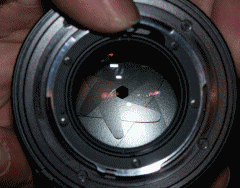
like this?
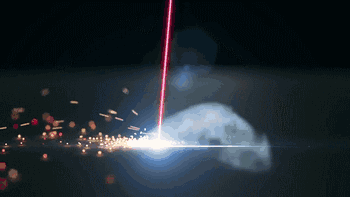
or even like this?
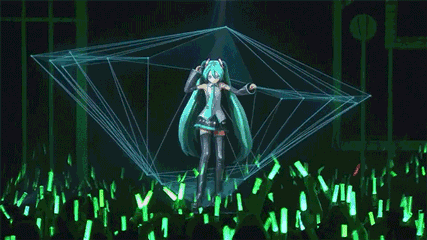
But in reality, laser modulators are like this:
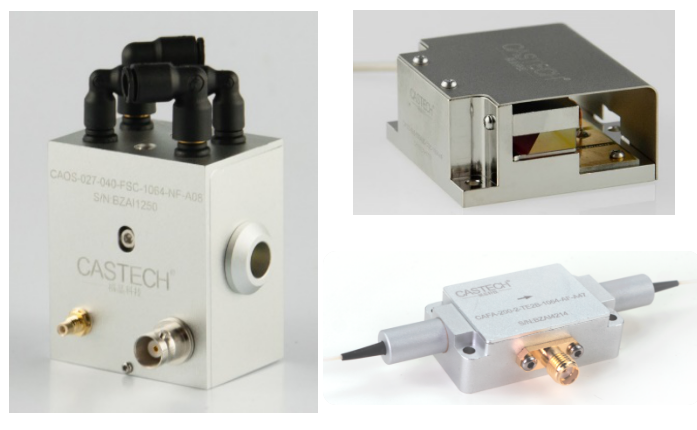
like this:
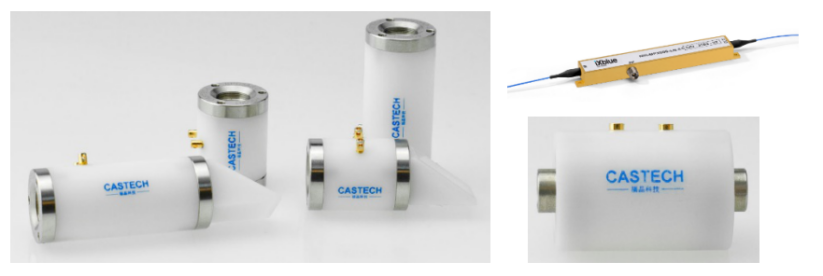
like this:
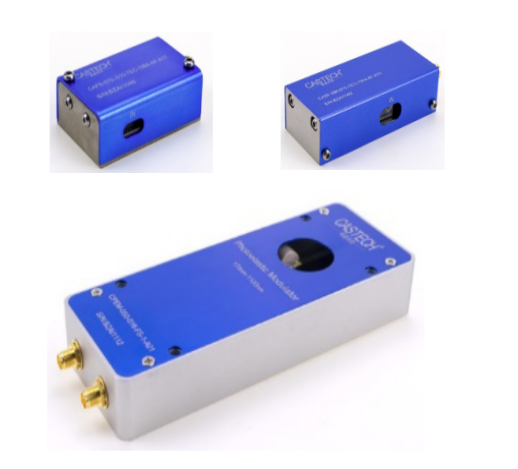
What Types of Laser Modulators Are There?
Since laser modulators can control lasers, how exactly do they achieve this control? Let's take a one-dimensional plane wave propagating along the positive Z-axis as an example:
![]()
From the complex expression of the light wave, we can see that there are four factors affecting light waves: intensity A(r), phase Φ(r), frequency ω, and propagation direction. By controlling these factors, we can change the state of the light wave. The corresponding laser modulators are intensity modulators, phase modulators, frequency shifters, and deflectors.
Intensity Modulators
Used to modulate the intensity or amplitude of lasers. Representative examples include optical attenuators and optical shutters, as well as integrated devices and equipment such as time-division energy splitters, power stabilizers, and noise attenuators.
Phase Modulators
Used to control the phase of light beams. Phase increase is called retardation, while phase decrease is called advancement. There are numerous types of phase modulators with vastly different operating principles, such as photoelastic modulators, LN high-speed electro-optic phase modulators, and liquid crystal variable phase retarders.
Frequency Shifters
Used to change the frequency of light waves, widely applied in high-end laser systems or surveying equipment. Acousto-optic frequency shifters are typical representatives.
Deflectors
Used to change the propagation direction of light beams. Conventional galvanometer systems are one type, along with faster alternatives such as MEMS galvanometers, electro-optic deflectors, and acousto-optic deflectors.
By now, you probably have a general concept of laser modulators—components that can dynamically control and modify certain physical properties of lasers. While this summary is brief, a complete introduction to the specific products of laser modulators would require far more than a single short article. So, let's focus first on intensity modulators.
Intensity Modulators
As a type of modulator widely used in various optical systems, intensity modulators are remarkably diverse in types and varied in performance characteristics. Today, I'll introduce four common intensity modulator solutions: mechanical, electro-optic, acousto-optic, and liquid crystal solutions.
Mechanical Solution
Mechanical intensity modulators were the earliest developed and remain the most widely used type. Their principle involves rotating a half-wave plate to change the ratio of s-polarized to p-polarized light in polarized beams, then using a polarizer to split the light. From initial manual adjustment to today's highly automated and high-precision systems, their product types and applications have reached full maturity. CASTECH offers customers a comprehensive range of products including motorized or manual controls and complementary polarization components to meet diverse design requirements:

Motorized Attenuator
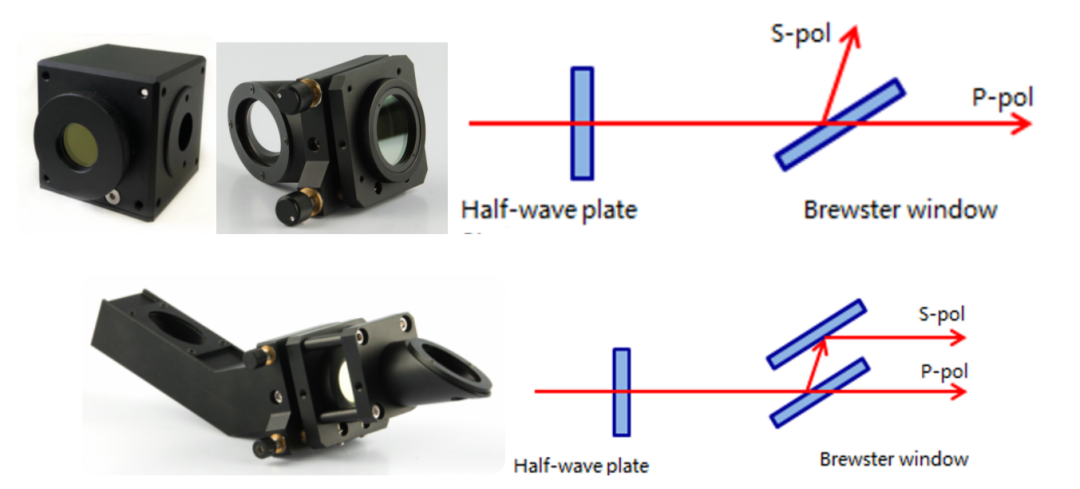
Manual Attenuator
Electro-Optic Solution
Electro-optic intensity modulators can control the intensity or amplitude of polarized light, operating based on the Pockels effect in electro-optic crystals. When a polarized beam passes through an electro-optic crystal under an applied electric field, its polarization state changes; a subsequent polarizer then selectively filters the light. By varying the strength of the electric field, the output light intensity can be precisely controlled---with rise/fall times reaching the nanosecond (ns) level.
Leveraging years of expertise in electro-optic crystals, CASTECH has developed a series of high-speed optical shutters and other electro-optic intensity modulators, offering customers mature, customizable solutions.
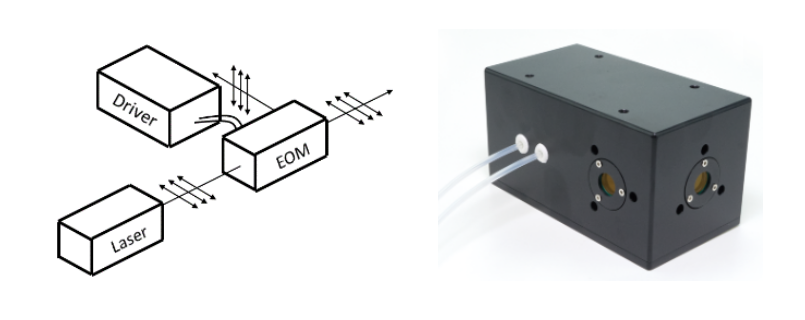
Electro-optic intensity modulator
Acousto-Optic Solution
Acousto-optic modulators (AOM) can also be used as intensity modulators. By adjusting the diffraction efficiency, they control the power distribution between the zero-order (0th) and first-order (1st) diffracted beams, thereby regulating the output light intensity. Acousto-optic modulators feature fast modulation speed and high damage threshold.
CASTECH offers acousto-optic intensity modulators with damage thresholds exceeding 1 GW/cm2 and low scattering, and can provide tailored solution designs based on customer requirements for parameters such as modulation speed, wavelength, beam diameter, extinction ratio, and more.
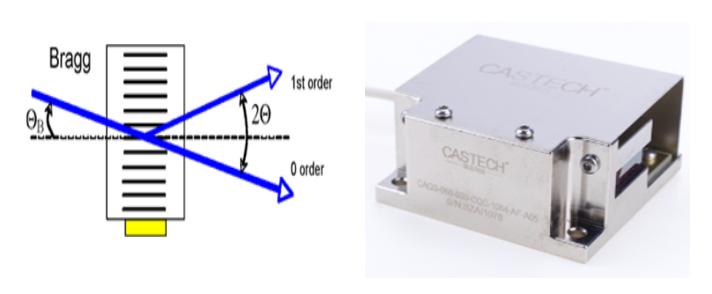
Acousto-optic modulator
Liquid Crystal Solution
Liquid crystal devices are commonly used as variable waveplates or tunable filters. By incorporating precision polarizing components at both ends of a liquid crystal cell with an applied driving voltage, they can be configured as liquid crystal shutters or variable attenuators. These products offer advantages such as large aperture and high reliability.
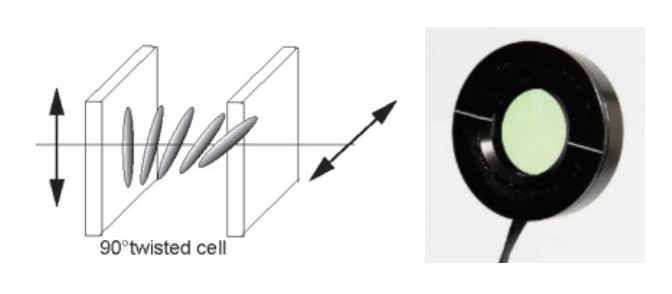
Liquid crystal variable attenuator
Manufacturing and Testing of Laser Modulators
After introducing the various types of laser modulators, let's now discuss how these modulators are manufactured and tested. High-quality laser modulators rely on advanced optical material processing techniques. With over thirty years of continuous exploration and expertise in crystal optics, CASTECH possesses a complete, vertically integrated production chain, covering everything from crystal growth and optical cold processing to thin-film coating and device assembly. This comprehensive approach truly enables domestic product manufacturing, ensuring mature and stable technological processes for efficient mass production.
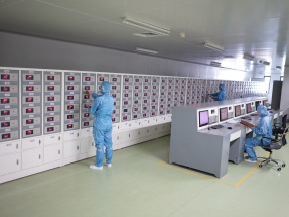
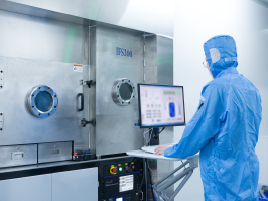
Crystal growth IBF
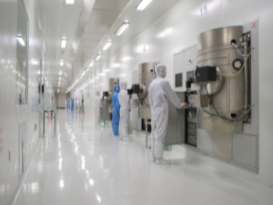
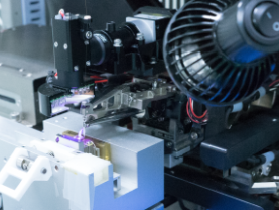
Coating Device assembly
If manufacturing determines product performance, then quality control determines product quality. CASTECH has established both ISO9001 and IATF16949 quality management systems. We implement rigorous control from the raw material stage, through layered and strict testing of component surface quality, damage threshold, device beam quality, and cycle aging, ultimately delivering stable and high-quality products to our customers.
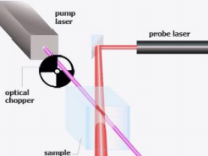
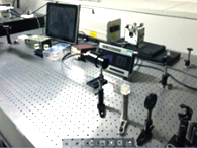
Absorption TestingLIDT Testing
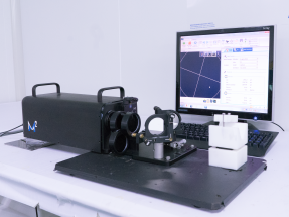
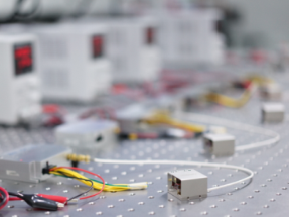
M² testing Aging Testing
What has been described above is only the tip of the iceberg in the vast family of laser modulators. Important devices such as phase modulators, frequency shifters, and beam deflectors have yet to be introduced. Alas, space is limited—for a deeper dive into the world of laser modulators, stay tuned for our next installment!
To be continued…
Related Information




